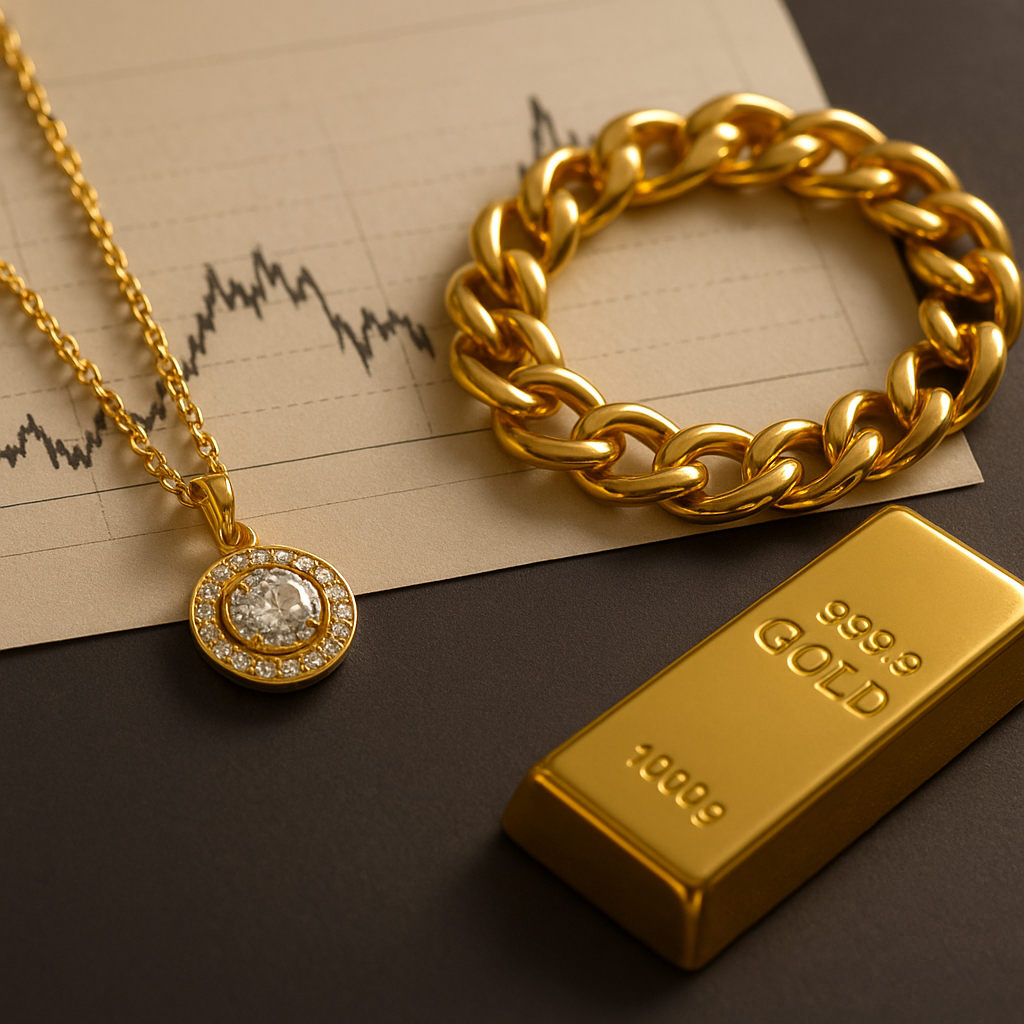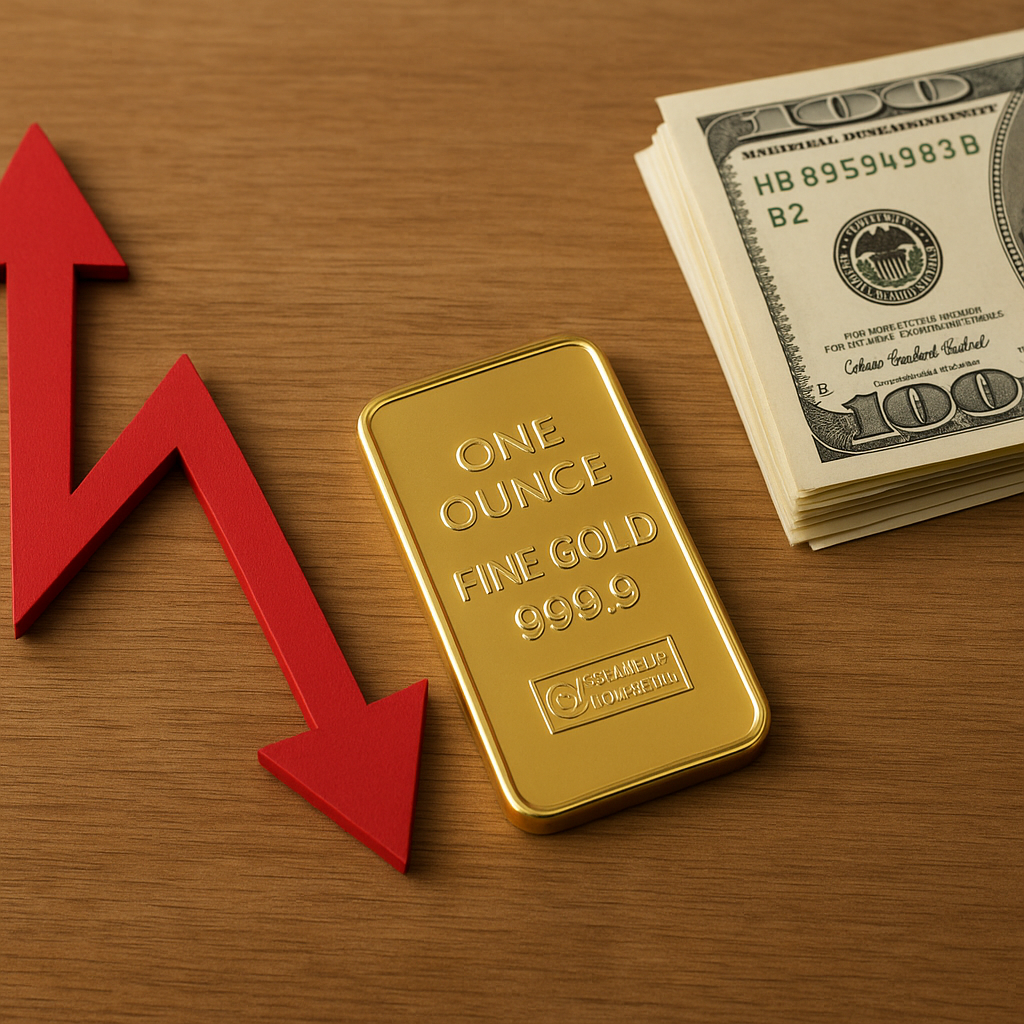Investing in gold futures has long been a popular strategy for those looking to hedge against inflation, diversify their portfolios, or speculate on the future price of gold. As a financial instrument, gold futures offer unique opportunities and challenges that investors must understand before diving into this market. This article will explore the intricacies of gold futures, including how they work, the factors influencing gold prices, and the risks and rewards associated with this type of investment.
Understanding Gold Futures
Gold futures are standardized contracts traded on exchanges, such as the COMEX division of the New York Mercantile Exchange (NYMEX), where the buyer agrees to purchase a specific quantity of gold at a predetermined price on a future date. These contracts are leveraged instruments, meaning that investors can control a large amount of gold with a relatively small amount of capital. This leverage can amplify both gains and losses, making it crucial for investors to have a solid understanding of the market dynamics.
One of the primary reasons investors turn to gold futures is the ability to hedge against price fluctuations. For instance, a jeweler who relies on gold as a raw material might use futures contracts to lock in a purchase price, protecting against potential price increases. Similarly, investors who believe that gold prices will rise can take a long position in futures contracts, while those anticipating a decline can take a short position.
How Gold Futures Work
Gold futures contracts specify the quantity of gold, typically measured in troy ounces, and the delivery date. The standard contract size is 100 troy ounces, although mini contracts of 50 or 10 ounces are also available. The price of a futures contract is determined by the market and fluctuates based on supply and demand dynamics, geopolitical events, economic indicators, and other factors.
When trading gold futures, investors must maintain a margin account with their broker. The margin is a percentage of the contract’s total value, serving as a security deposit to cover potential losses. If the market moves against the investor’s position, they may receive a margin call, requiring them to deposit additional funds to maintain their position.
Factors Influencing Gold Prices
The price of gold is influenced by a myriad of factors, making it a complex and dynamic market. Understanding these factors is essential for investors looking to trade gold futures effectively.
Economic Indicators
Gold is often seen as a safe-haven asset, meaning its price tends to rise during times of economic uncertainty. Key economic indicators, such as inflation rates, interest rates, and currency fluctuations, can significantly impact gold prices. For example, when inflation is high, the purchasing power of fiat currencies decreases, leading investors to seek refuge in gold, which historically retains its value.
Geopolitical Events
Geopolitical tensions, such as conflicts, trade disputes, or political instability, can also drive gold prices higher. During such times, investors often flock to gold as a store of value, pushing up demand and, consequently, prices. Conversely, periods of geopolitical stability may lead to a decrease in gold prices as investors shift their focus to riskier assets.
Supply and Demand Dynamics
The supply of gold is relatively inelastic, as it takes time and significant investment to increase production. Factors such as mining output, central bank reserves, and recycling rates can influence the supply side of the equation. On the demand side, jewelry, technology, and investment demand all play a role in determining gold prices. Changes in consumer preferences, technological advancements, or shifts in investment strategies can all impact demand and, therefore, prices.
Risks and Rewards of Investing in Gold Futures
Investing in gold futures offers both potential rewards and significant risks. Understanding these aspects is crucial for making informed investment decisions.
Potential Rewards
One of the primary benefits of investing in gold futures is the potential for substantial returns. Due to the leverage involved, even small price movements can result in significant profits. Additionally, gold futures provide investors with the ability to hedge against inflation and currency devaluation, offering a level of protection for their portfolios.
Gold futures also offer liquidity, as they are traded on major exchanges with high volumes. This liquidity allows investors to enter and exit positions quickly, providing flexibility in managing their investments.
Potential Risks
Despite the potential rewards, gold futures carry significant risks. The leverage involved means that losses can be equally substantial, and investors may lose more than their initial investment. Market volatility can lead to rapid price changes, resulting in margin calls and forced liquidation of positions.
Additionally, the gold futures market is influenced by a wide range of factors, many of which are unpredictable. Economic indicators, geopolitical events, and changes in supply and demand can all lead to sudden and unexpected price movements, making it challenging to accurately predict future trends.
Investors must also consider the costs associated with trading gold futures, including brokerage fees, margin interest, and potential tax implications. These costs can eat into profits and should be factored into any investment strategy.
Conclusion
Investing in gold futures can be a lucrative endeavor for those who understand the market dynamics and are willing to accept the associated risks. By leveraging the potential of gold futures, investors can hedge against economic uncertainties, diversify their portfolios, and capitalize on price movements. However, it is essential to approach this market with caution, armed with a thorough understanding of the factors influencing gold prices and the risks involved. With careful planning and strategic execution, gold futures can be a valuable addition to an investor’s toolkit.












